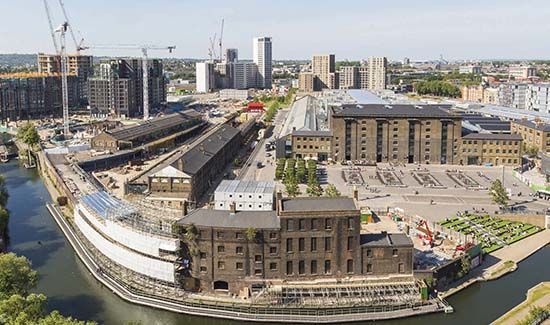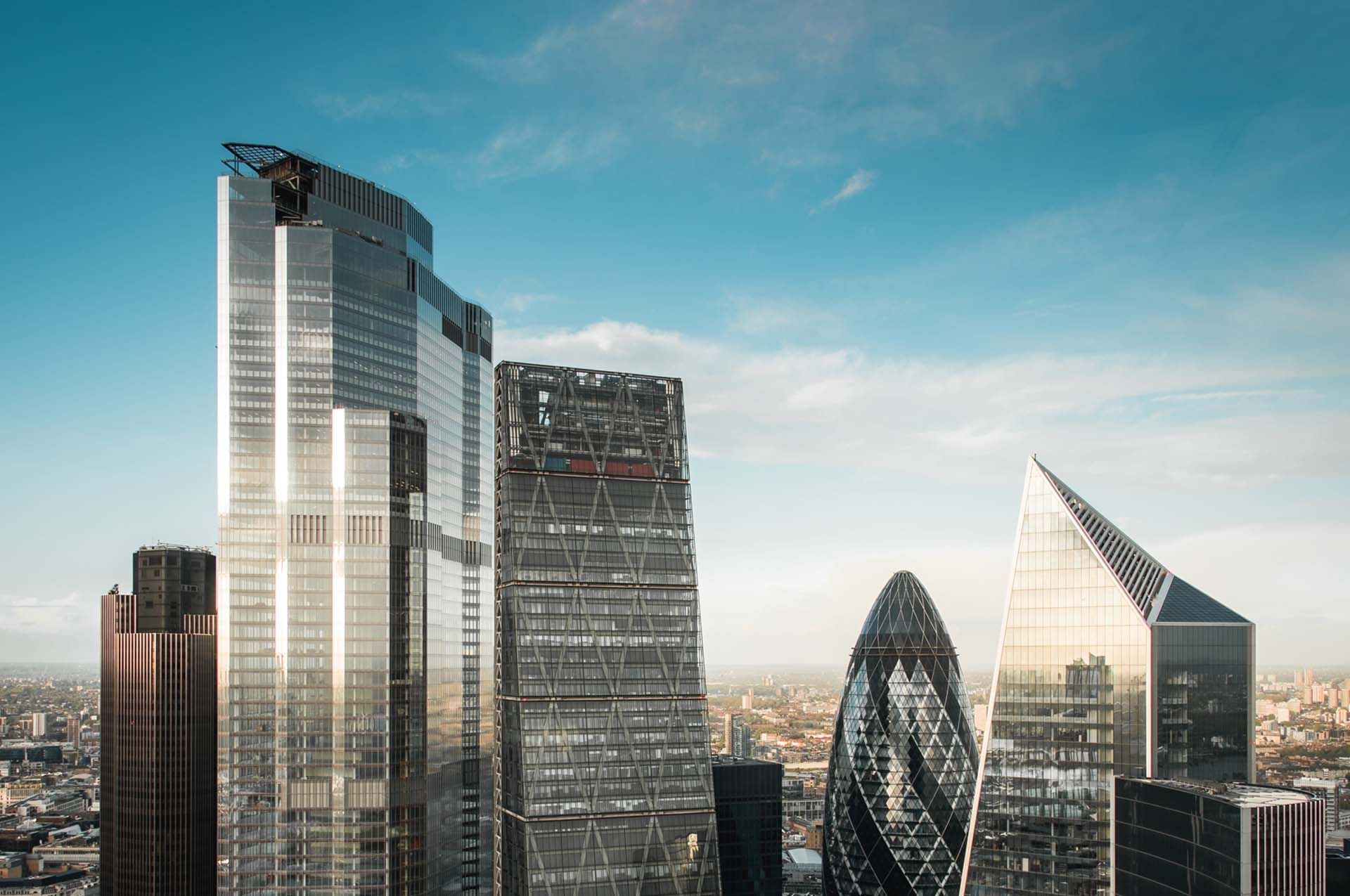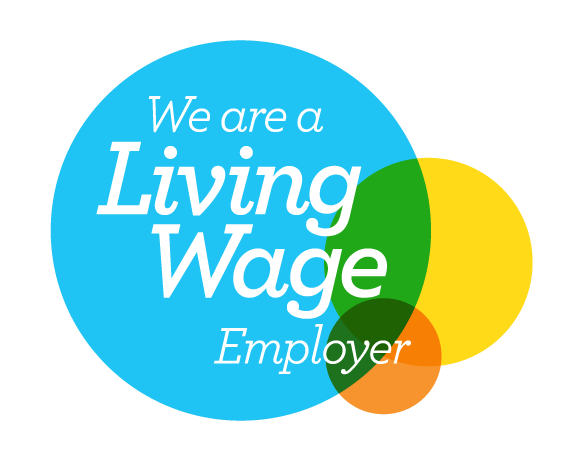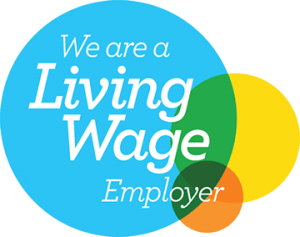Case Study: The Office Group
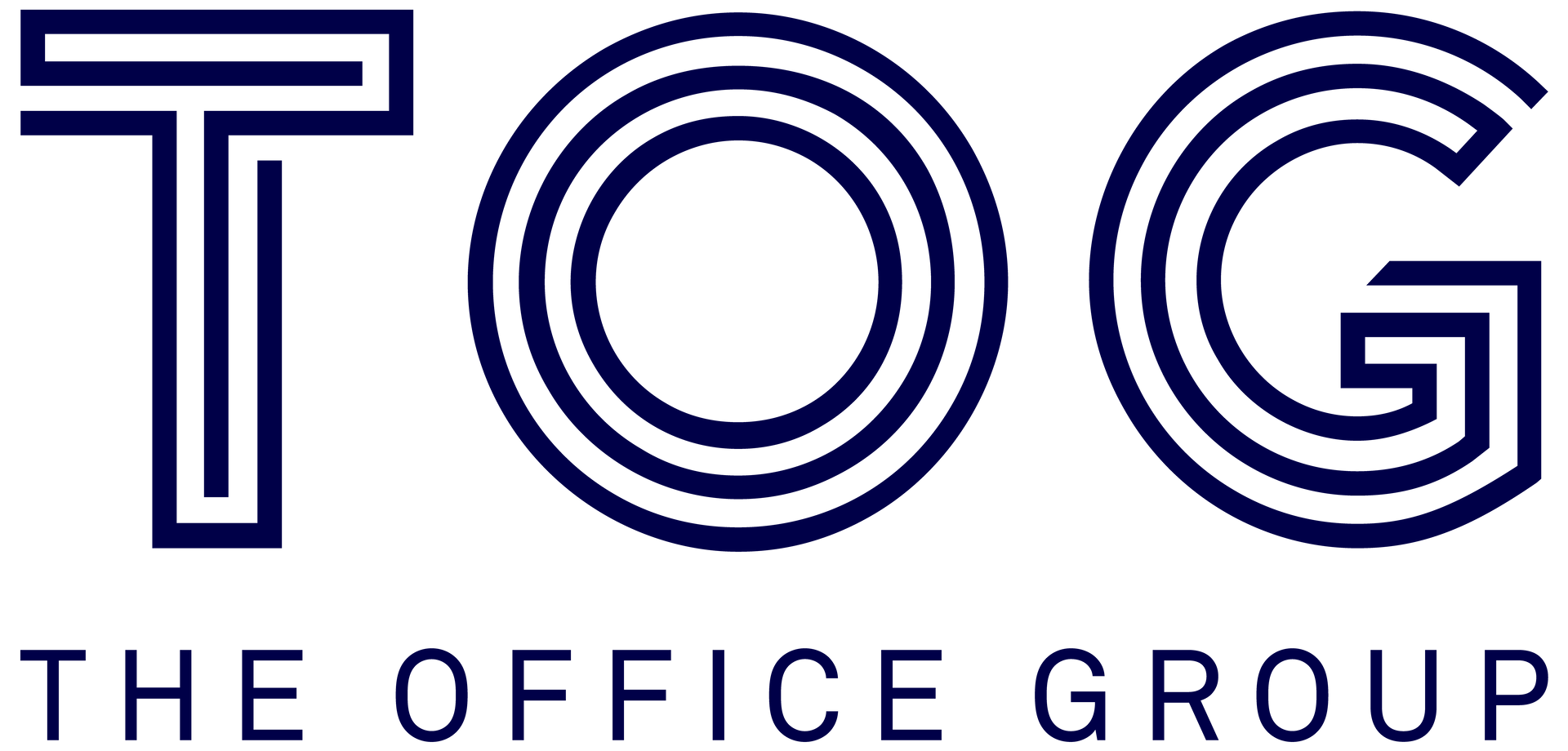
Net Zero pathway underway for UK Office CompanY
THE OFFICE GROUP are now on a feasible and ambitious pathway to net zero, with short-term and long-term 1.5°C-aligned science-based targets.
ABOUT
THE OFFICE GROUP
The Office Group (TOG) is one of the UK’s leading flexible office providers, providing workspaces, meetings rooms, and platforms for community and networking events to a wide range of clients across London, Leeds and Bristol.
The built environment represents almost 40% of global energy-related carbon emissions. The UK’s built environment is responsible for 25% of the UK’s greenhouse gas (GHG) emissions. It therefore is crucial that we tackle this sector’s emissions in order to limit global warming to a 1.5°C increase from pre-industrial temperatures and achieve net zero by 2050.
SECTOR
SOLUTIONS
Challenge
seTTING THE STANDARD FOR DECARBONISATION
As an industry leader, TOG wanted to ensure they could continue to provide their customers with sustainable workspaces with a limited carbon impact. They needed to better understand their scope 1, 2 and 3 emissions, including the embodied carbon associated with the construction and refurbishment of their sites.
They wanted to go further than complying with mandatory regulations and identify suitable voluntary frameworks to support their decarbonisation efforts and sustainability reporting. TOG required support creating and implementing a net zero and offsetting strategy aligned with industry best practice.
Solution
To meet TOG’s requirements, Optimised provided the following solutions:
results
TOG Achieves Clear Path to Net Zero with Science-Based Targets and Innovative Carbon Reduction Tools
TOG are now on a feasible and ambitious pathway to net zero, with short-term and long-term 1.5°C-aligned science-based targets. Their key stakeholders can confidently work towards their decarbonisation targets with a clear understanding of industry best practice standards and requirements. TOG are able to refer to Optimised’s interactive Abatement Simulation Tool to assess impact and cost when planning carbon reduction projects.
Using the CRREM analysis, TOG now have oversight of which properties are at risk of stranding against 1.5°C-aligned decarbonisation pathways and therefore where carbon reduction initiatives should be prioritised. For new projects, TOG can now measure the embodied carbon impact at the design stage and identify low-carbon opportunities, to ensure their developments are as sustainable as possible.
Optimised’s Sustainability team have really helped us to build out our net zero ambition into a tangible action plan. With the industry pressures around net zero, working with specialist consultants helped guide us through not just the regulatory pressures, but also to go one step further as we aim to lead our industry in the net zero transition.
Alex Walters
Group Head of Facilities
RELATED CASE STUDIES
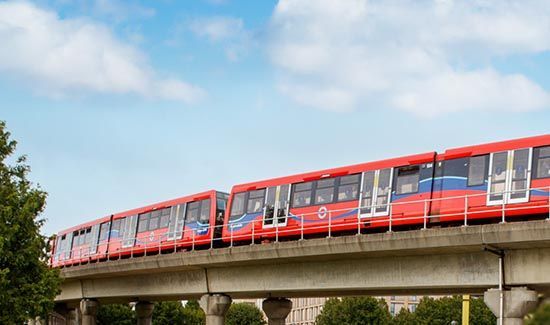
BOOK YOUR 30-MINUTE ENERGY MANAGEMENT CONSULTATION
Fill in your details below to arrange a complimentary consultation with one of our experts. They will give you bespoke advice to help your business achieve all its energy needs, reducing cost, consumption and carbon.



